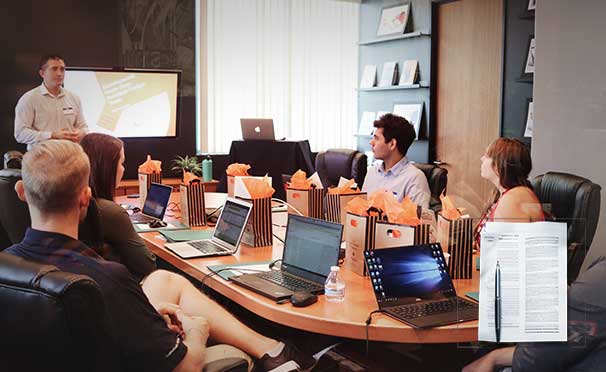The Intricate Role of CRM Software and Bias in Human Resource Management
No Fee
| Case ID: | HRM-CRM-20230712-1-V1 |
|---|---|
| License: | CC BY-NC-SA 4.0 |
| Pages | 3pgs |
| Case Study Analysis | Not Included |
| Teaching Notes | Not Included |
| Ai Level | Content co-authored with the OpenAI API |
| Category(s) | Human Resource Management: 10/10 |
This case study explores the challenges faced by TechAid, an international tech firm, following the deployment of a Customer Relationship Management (CRM) system within its Human Resource Management (HRM) department. Despite the initial success of the CRM system in streamlining HR processes, issues arose around potential biases in the recruitment process. The study focuses on the conundrum faced by TechAid as it grapples with the conflict between the efficiency gains of the CRM system and its commitment to diversity and inclusion. It presents an opportunity for critical analysis of the intersections between technology, bias, and HRM, in the context of ethical decision-making and strategic management.
Course Category Alignment Ratings:
- Human Resource Management: 10/10. This case study centers around the application of CRM in HR processes, specifically the challenges and implications involved, making it an ideal fit for a course in Human Resource Management.
- Information Systems: 9/10. The case explores the use of a CRM system in HR, offering an opportunity to delve into the complexities of implementing technology in a business setting.
- Ethics: 8/10. The case raises ethical issues surrounding the use of technology and the potential for bias, providing a basis for discussion around corporate ethics and responsible technology use.
- General Management/Strategy: 7/10. The case study presents a strategic decision-making scenario concerning technology implementation, diversity and inclusivity, fitting within the broad area of general management and strategy.
- Organizational Behaviour/Leadership: 7/10. The case touches on organizational culture and values, leadership decisions, and responses to perceived biases within the organization.
Weaknesses of this Case Structure:
- Lack of Quantifiable Data: The case study doesn't provide specific quantitative data or statistics, which could help in understanding the severity of the bias. A numerical breakdown of the demographic shift since the CRM implementation would make the impact more palpable.
- Ambiguity in CRM System Specifications: The case study doesn't delve into the specifics of the CRM system, such as the system's brand, specific features, and the parameters it considers in the recruitment process.
- Limited Stakeholder Perspective: The case study primarily focuses on the HR department's viewpoint. A richer case study could include perspectives from job applicants, other employees, and upper management.
- Narrative Flow: While the story is coherent, it lacks a strong narrative arc. Greater emphasis on the journey from CRM implementation to the discovery of bias could create more engagement.
- Absence of Direct Quotes: The case study lacks direct quotes or testimonials, which could offer a more personalized, human element to the story and allow students to connect more deeply with the case.
Strengths of this Case Structure:
- Relevant and Timely Topic: The case study deals with a contemporary issue of technology and bias, making it relatable and relevant for students and practitioners.
- Incorporates Multiple Facets: The case engages with multiple facets of business, from HRM, ethics, and technology, offering a comprehensive exploration of the issue.
- Clear Problem Statement: The case clearly identifies and communicates the problem, making it easy for students to understand the crux of the issue.
- Encourages Critical Thinking: By presenting a complex issue that lacks a clear-cut solution, the case encourages students to engage in critical thinking and problem-solving.
- Organizational Context: The case provides a detailed background of the organization, helping students to better understand the context and implications of the problem.





